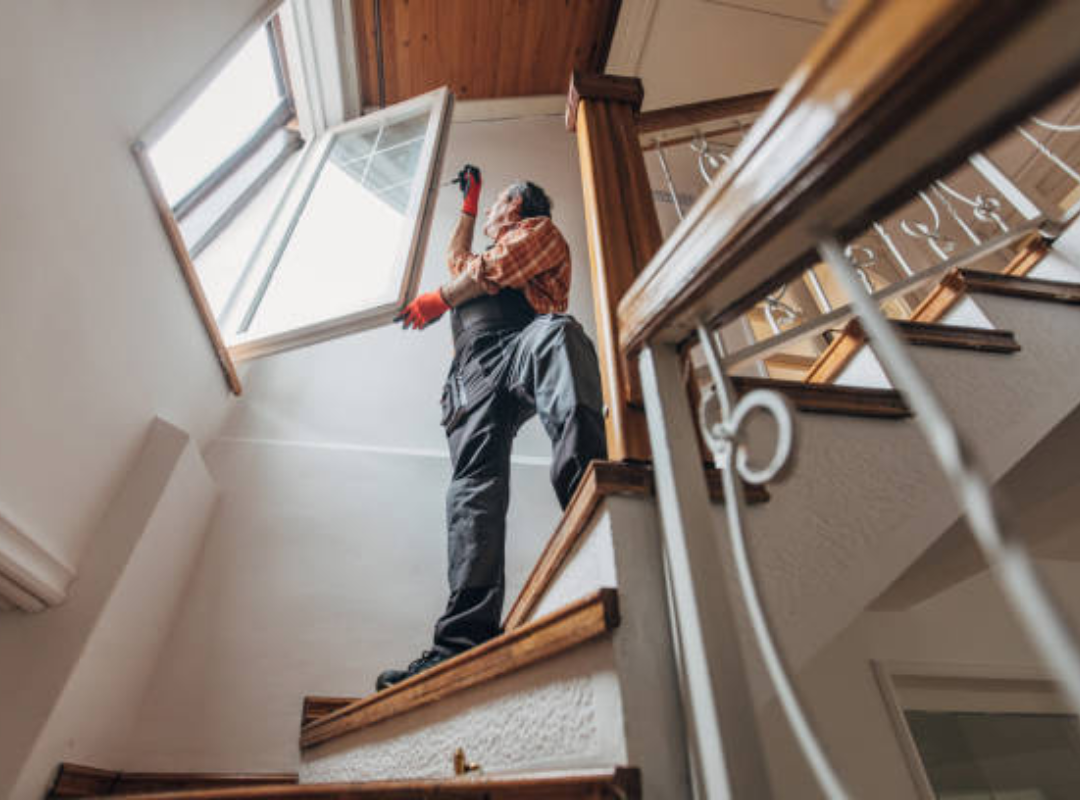When homeowners start noticing changes in comfort, energy bills, or the overall appearance of their home, the real issue often leads back to the condition of their old windows. Although windows are designed to last for decades, wear and tear gradually affects their performance, energy efficiency, and visual appeal. As a result, many homes—especially those built more than 20 years ago—begin showing unmistakable symptoms that replacement is not only beneficial but necessary. Understanding these signs early can help avoid further deterioration, structural problems, and costly energy waste. Moreover, replacing aging units provides an immediate boost to curb appeal and home value.
Common Signs Your Old Windows Need Replacement
One of the earliest indicators that your old windows are no longer functioning well is a noticeable draft entering your home. Even when the windows are closed, you may feel cold air seeping in during winter or warm air during summer. This usually happens due to deteriorated seals, warped frames, or gaps that develop over time. As a result, your heating or cooling systems are forced to work harder, which leads to higher utility bills. If you’ve been adjusting your thermostat more often than usual, your windows could be the root cause, signaling that replacement should now be a priority.
Another issue you might experience is difficulty in opening or closing the windows. Wood frames tend to swell or rot, while older aluminum frames may loosen or corrode. Over the years, constant exposure to moisture and seasonal temperature changes affects the alignment and functionality of your old windows, making them unsafe and inconvenient. Windows that get stuck, won’t stay open, or shut unevenly are more than just an annoyance—they can compromise ventilation and even pose safety risks during an emergency.
Condensation and Visible Damage on Old Windows
Fogging or condensation between the panes is one of the clearest signs that a window’s insulating seal has failed. Once the seal breaks, moisture becomes trapped inside, and the window can no longer regulate indoor temperature effectively. This is particularly common in double-glazed units that have aged beyond their intended lifespan. Over time, this trapped moisture can also lead to mold growth, damaged trim, and a cloudy appearance that reduces natural light. If these symptoms are affecting your old windows, the issue typically cannot be repaired and requires complete replacement to restore proper insulation.
Visible structural damage is another strong indicator. Cracks in the glass, rotting timber, peeling paint, or warped frames suggest that the windows are not only outdated but compromised. Even minor cracks can expand due to temperature fluctuations, eventually turning into safety hazards. When structural weakness is present, replacing the windows becomes a practical long-term solution rather than patching them repeatedly.
Outdated Window Designs Reduce Home Comfort
As homeowners update their living spaces, they often overlook how much of an impact window style and design have on comfort. Modern windows offer better insulation, ventilation control, and noise reduction compared to older styles. For instance, many homeowners across Ireland upgrade to casement windows Dublin solutions because they provide secure locking, smoother operation, and enhanced energy performance. When compared to many traditional hinged or sliding units, casement styles seal more tightly, which is particularly important for improving comfort in homes that currently rely on outdated or inefficient window types. If your old windows fail to regulate indoor temperature or minimize external noise, it may be time to consider a more modern design.
Aging Windows and the Need for Better Aesthetic Appeal
Curb appeal matters not only for personal satisfaction but also for increasing home value. When windows look worn out, the entire exterior of the home appears neglected. This is often the case with old windows that have faded colours, chipped paint, or outdated designs that no longer match the home’s architecture. Many homeowners choose to upgrade using stylish options such as bay windows Dublin, which are popular for adding character, more natural light, and a wider outside view. While enhancing the exterior appearance, these modern window designs also deliver better energy efficiency and performance, making them a worthwhile long-term investment.
Rising Energy Bills Linked to Old Windows
If your energy bills have been steadily increasing without a clear explanation, your windows may be the culprit. In many older homes, the glazing quality and frame insulation are no longer adequate. This allows indoor air to escape and outdoor air to enter, causing your heating and cooling systems to compensate. By replacing your old windows, you immediately improve energy retention, reduce waste, and create a more stable indoor environment. Many homeowners report significant savings on their monthly bills after installing new, energy-efficient glazing.
Another energy-related issue is solar heat gain. Older glass offers limited protection against UV rays, causing rooms to overheat during sunny days. Modern glazing solutions, however, are engineered with coatings that filter UV rays and maintain a consistent indoor temperature. This not only reduces energy consumption but also protects your furniture, flooring, and fabrics from sun damage.
Drafts, Noise, and Interior Discomfort
A home should be a comfortable and peaceful environment, but old windows often allow outside noise to penetrate more easily. Whether you live near a busy road or an active neighborhood, poor insulation can amplify unwanted sound. New windows feature multiple glazing layers and improved sealing systems that significantly reduce noise infiltration. If you notice that conversations outside, traffic sounds, or weather noises seem louder than before, it may be time to consider a replacement.
Drafts are another common issue. When air leaks occur around the window frame, the room becomes uncomfortable, especially during winter. Drafty windows also cause uneven temperature distribution throughout the house, making certain areas colder or warmer than others. Replacing the windows offers an immediate improvement, creating a more balanced and comfortable indoor environment.
Conclusion
Identifying these signs early helps prevent further energy loss and damage. Whether you’re dealing with condensation, drafts, high bills, or outdated frames, installing new windows is often the most effective long-term solution. While repairs may offer temporary relief, they rarely address the underlying structural issues associated with old windows. By upgrading to high-quality, modern designs, homeowners can improve comfort, boost property value, and enjoy a more energy-efficient living space for years to come.



